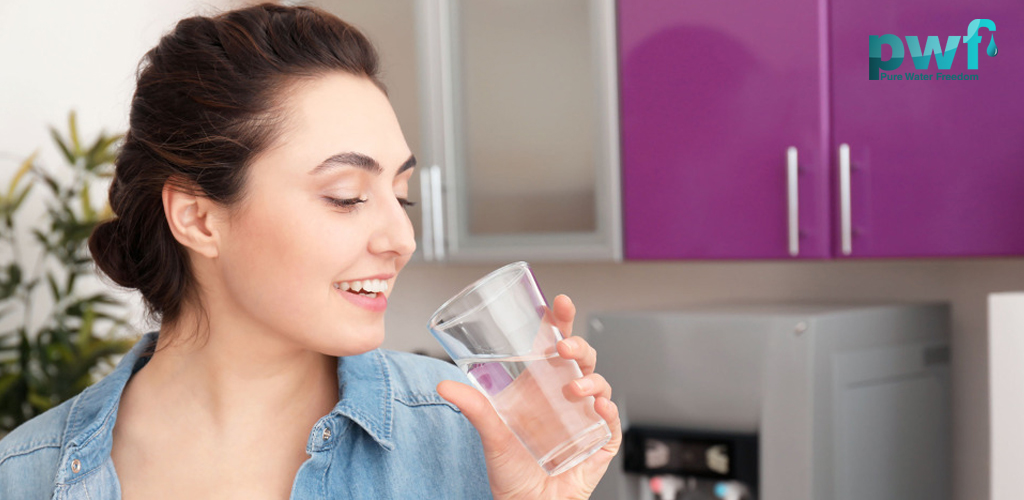Fluoride is a common contaminant found in many water supplies around the world. While it’s added to municipal water sources in some regions to help prevent tooth decay, excessive fluoride intake can have adverse health effects. If you’re concerned about the fluoride levels in your drinking water and want to learn how to remove it safely, you’ve come to the right place. In this article, we’ll explore various methods and techniques to help you reduce fluoride in your water supply.
Why Remove Fluoride from Water?
Before we dive into the removal methods, let’s understand why some people choose to remove fluoride from their drinking water:
-
Health Concerns: High levels of fluoride intake can lead to dental fluorosis (staining and pitting of teeth) and skeletal fluorosis (affecting bones and joints).
-
Fluoride Sensitivity: Some individuals are more sensitive to fluoride and may experience gastrointestinal issues or other adverse reactions.
-
Control Over Water Quality: Removing fluoride gives you greater control over the quality of your drinking water, especially if you have a private well or alternative water source.
How Can You Remove Fluoride from Water?
There are several effective methods to remove fluoride from your drinking water safely. The way you choose will rely on your individual needs and preferences:
1. Activated Alumina
Activated alumina is a popular fluoride removal method. It’s a porous material that adsorbs fluoride ions effectively. Here’s how you can use it:
-
Purchase activated alumina in granular form.
-
Please place it in a filter cartridge and attach it to your water supply.
-
Water passes through the alumina, and fluoride ions are trapped.
2. Reverse Osmosis (RO) Filtration
Reverse osmosis is a very efficient way to get rid of fluoride and other pollutants. Here’s how it works:
-
Install an RO filtration system in your home.
-
Fluoride and other contaminants are trapped in the water after being driven through a semipermeable membrane.
-
Pure, fluoride-free water is collected for consumption.
3. Distillation
Distillation is another method to remove fluoride from water. It involves the following steps:
-
Boil the water to create steam.
-
Collect the steam, leaving behind impurities like fluoride.
-
Condense the steam back into liquid water, which is fluoride-free.
4. Ion Exchange Resin
Ion exchange resin is a chemical filtration method that replaces fluoride ions with less harmful ions like chloride. Here’s how it works:
-
Install an ion exchange filter in your water system.
-
As water passes through the resin, fluoride ions are exchanged for other ions.
-
The treated water is fluoride-free.
5. Bone Char Carbon Filters
Bone char is a natural carbon-based material made from animal bones. It can effectively remove fluoride from water:
-
Purchase bone char carbon filters or media.
-
Install them in a filter system.
-
Water passes through the bone char, and fluoride is adsorbed.
Considerations and Tips
-
Regular Testing: Periodically test your water for fluoride levels to ensure the chosen removal method works effectively.
-
Maintenance: Be diligent about maintaining your chosen filtration system, whether replacing filter cartridges or cleaning components.
-
Cost: Different methods have varying upfront and ongoing costs. Consider your budget when selecting a removal method.
-
Water Usage: RO systems can waste a significant amount of water during the filtration process. Keep this in mind if you’re environmentally conscious.
-
Filter Replacement: Ensure you replace filters or media as the manufacturer recommends to maintain the system’s effectiveness.
In Conclusion
Removing fluoride from your drinking water is a personal choice driven by health concerns, sensitivities, or a desire for better control over water quality. You can discover the approach that best meets your requirements and tastes by investigating the numerous approaches described in this article. Whether it’s activated alumina, reverse osmosis, distillation, ion exchange resin, or bone char carbon filters, you can ensure your drinking water is fluoride-free and safe for consumption. Remember to conduct regular water tests and perform maintenance to keep your chosen removal method working efficiently.











